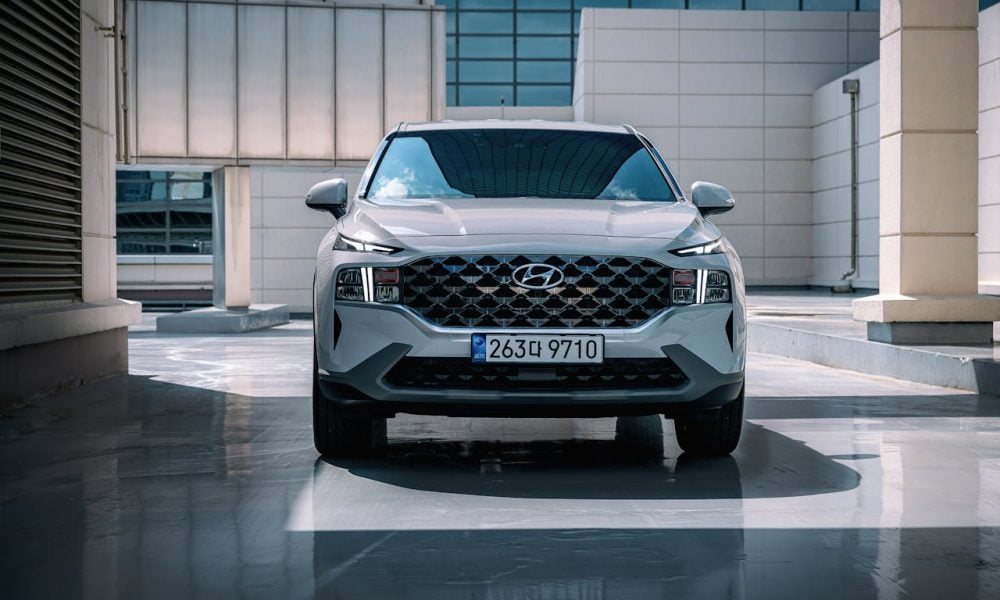
Where Is Hyundai Made? A Look Inside Global Manufacturing Hubs

Hyundai vehicles dominate roads worldwide, offering reliability and innovation. Yet, only some people know where these cars are actually made. The company’s ability to meet the demands of diverse markets stems from a thoughtful approach to manufacturing, ensuring every vehicle reflects local preferences while maintaining global standards. So, where is Hyundai made?
South Korea: The Heart of Hyundai Production
Hyundai’s roots are firmly planted in South Korea, where its primary manufacturing facilities are located. The Ulsan plant, often dubbed the world’s largest automobile manufacturing complex, serves as the centerpiece. With its advanced production lines, this facility produces a variety of models, ranging from compact cars to SUVs. Other notable plants, such as those in Asan and Jeonju, complement Ulsan’s operations by focusing on specific vehicle types and export demands.
South Korea’s central role ensures Hyundai maintains control over quality and technological advancements. These facilities not only serve local markets but also export vehicles worldwide, making them integral to Hyundai’s global strategy.

@sjcho0606 | Instagram | Hyundai’s roots are firmly planted in South Korea, where its primary manufacturing facilities are located.
Expanding in the United States
Hyundai’s presence in the United States highlights its focus on regional markets. The Montgomery, Alabama, plant is a cornerstone of this strategy. This facility assembles popular models like the Sonata and Elantra, tailored specifically for American consumers. By producing vehicles locally, Hyundai reduces transportation costs and supports job creation.
Moreover, the Alabama plant allows Hyundai to adapt swiftly to market trends and customer preferences. This localized production strengthens its competitive position in the North American market while fostering economic growth in the region.
Hyundai in Europe and Asia
Europe plays a pivotal role in Hyundai’s manufacturing strategy, with plants in Turkey and the Czech Republic catering to regional markets. The Turkish facility in Izmit specializes in compact models, while the Czech plant focuses on producing vehicles for the European Union. These plants align with local regulations and preferences, enhancing Hyundai’s market presence.
In Asia, India and China serve as significant hubs. Hyundai’s plant in Chennai, India, is among its largest outside South Korea, producing models for both domestic and international markets. In China, Hyundai operates several facilities to meet the growing demand for vehicles in the world’s largest automotive market.
Emerging Markets: Latin America and Beyond
Hyundai has also established a strong foothold in emerging markets like Brazil and Vietnam. The São Paulo plant in Brazil addresses Latin American market needs, while the Thanh Cong Manufacturing facility in Vietnam serves Southeast Asia. These strategic locations allow Hyundai to penetrate new markets, adapt to regional tastes, and expand its global footprint.
Who Manufactures Hyundai Engines?
Hyundai takes pride in producing its engines in-house through Hyundai Powertech, its dedicated engine manufacturing division. This vertical integration ensures high-quality standards and innovation across its engine lineup. From efficient four-cylinder engines to high-performance V6 options, Hyundai offers a range of powertrains to suit diverse needs.
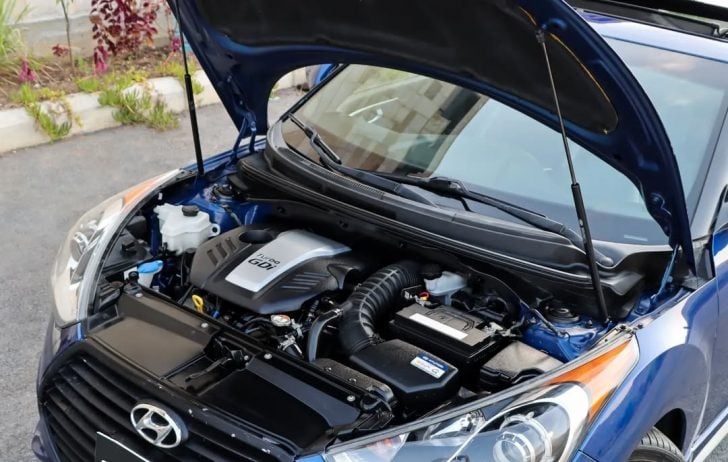
@onmotors1 | Instagram || Hyundai takes pride in producing its engines in-house through Hyundai Powertech.
The company is also a leader in electric and hybrid powertrains, designing cutting-edge technology for its eco-friendly vehicles. Collaborations with industry experts further enhance its capabilities, ensuring a robust engine portfolio.
How to Determine Where Your Hyundai Was Made
Determining where your Hyundai was manufactured is straightforward. The Vehicle Identification Number (VIN) offers key insights. The first character of the VIN reveals the country of origin. For instance, a “K” indicates production in South Korea, while a “5” points to the United States.
Additionally, the manufacturer’s label on the driver’s door frame provides details about the production plant. These identifiers help consumers understand their vehicle’s origins and ensure transparency in Hyundai’s global manufacturing process.
More inAuto News
-
`
Do Car Insurance Companies Offer Pay-As-You-Go Plans?
Car insurance premiums often feel unfair to people who rarely drive. Yet, most traditional auto policies still charge a fixed monthly...
July 17, 2025 -
`
Why the Koenigsegg Sadair Spear Is the Ultimate Hypercar Beast
Koenigsegg has revealed a new beast—the Sadair’s Spear. Tuning its focus on raw performance and brutal speed, this hypercar marks the...
July 11, 2025 -
`
Which States Have the Safest—and Riskiest—Drivers in America?
Driving safety isn’t just about skill. It’s also about location. A recent nationwide report shines a spotlight on where drivers are...
July 4, 2025 -
`
How to Save on Tesla Car Insurance Without Compromising Coverage
Owning a Tesla often brings savings on fuel and a futuristic driving experience, but the conversation changes quickly when it comes...
June 26, 2025 -
`
10 Weird Cars That Turned Heads and Won Hearts
Some cars turn heads with speed, others with luxury—but a rare few grab your attention simply by being delightfully strange. From...
June 20, 2025 -
`
Next-Gen Jeep Cherokee Expected to Arrive by Late 2025
After a break of two years, Jeep is prepared to relaunch the Cherokee brand. The automaker confirmed the return with fresh...
June 12, 2025 -
`
9 Tips to Make Night Driving Safer and Less Frightening
Once the sun dips below the horizon, driving becomes more than just a commute—it becomes a challenge. Limited visibility, harsh glares,...
June 6, 2025 -
`
The Impact of AI on Middle Management and Leadership Dynamics
Artificial intelligence is reshaping modern management practices. While intended to streamline tasks like approving time off or managing internal applications, its...
May 31, 2025 -
`
Car Insurance Rates Were Set to Fall—Then Tariffs Changed the Game
For many drivers, there was reason to hope for some relief on car insurance costs this year. After a strong performance...
May 25, 2025

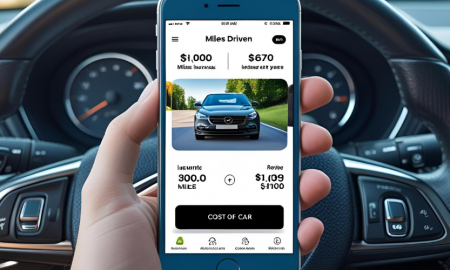
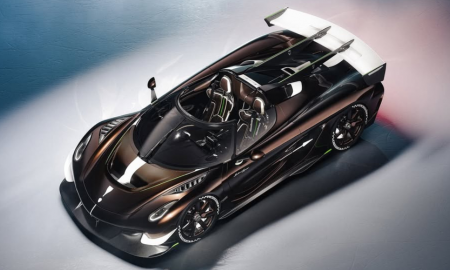
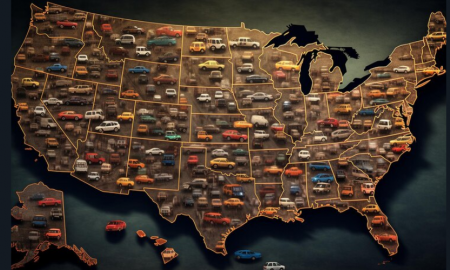
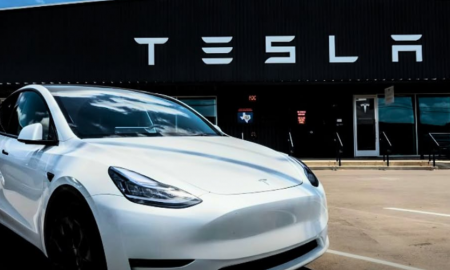






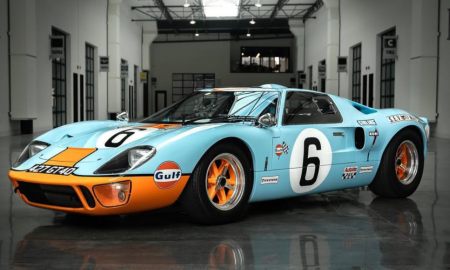



You must be logged in to post a comment Login